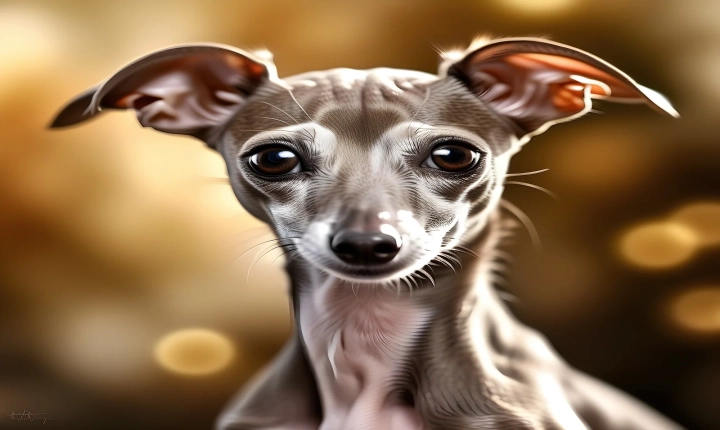The advent of generative AI has brought about a revolution in the field of creative work. With the ability to generate content ranging from art and music to poetry and design, this technology has the potential to disrupt traditional creative processes and redefine the role of human creators.
One of the most significant ways in which generative AI could disrupt creative work is through the automation of repetitive tasks. For instance, in the field of graphic design, AI algorithms can analyze data and generate visual content, saving designers valuable time. This automation can streamline workflows and lower production costs, allowing creatives to focus on higher-level, conceptual work.
Furthermore, generative AI has the capability to produce content that is indistinguishable from human-created work. For example, AI-generated paintings have impressed art enthusiasts and collectors alike, blurring the lines between what is considered original human work and AI-generated art. This has led to discussions about the value and authenticity of creative work, a concept that has long been tied to human expression.
Moreover, generative AI has the potential to democratize access to creative tools. As the technology becomes more accessible and user-friendly, individuals without formal design or art training can leverage AI to create professional-looking content. This may lead to a shift in the landscape of creative industries, as traditional gatekeepers lose their monopoly on the creation and distribution of creative work.
However, the rise of generative AI also raises concerns about the displacement of human creators and the loss of originality in creative endeavors. As AI systems become more proficient at generating content, there is a fear that human creativity may be devalued. Additionally, the abundance of AI-generated content could saturate the market, making it difficult for human creators to stand out and find their niche.
Nevertheless, some argue that generative AI can be a powerful tool for collaboration and inspiration rather than a replacement for human creators. By using AI to generate initial concepts or as a springboard for ideas, human creatives can harness the technology to amplify their own artistic abilities. Furthermore, AI can assist in the exploration of new artistic styles and techniques, pushing the boundaries of traditional creative work.
In conclusion, the advent of generative AI has the potential to disrupt creative work in profound ways. While it may streamline processes and democratize access to creative tools, it also raises questions about the future of human creativity and the authenticity of art. As the technology continues to evolve, the creative industry must grapple with the ethical, social, and economic implications of integrating AI into the creative process. Ultimately, the challenge lies in finding a balance between harnessing the power of generative AI and preserving the unique human spark that drives creativity.
